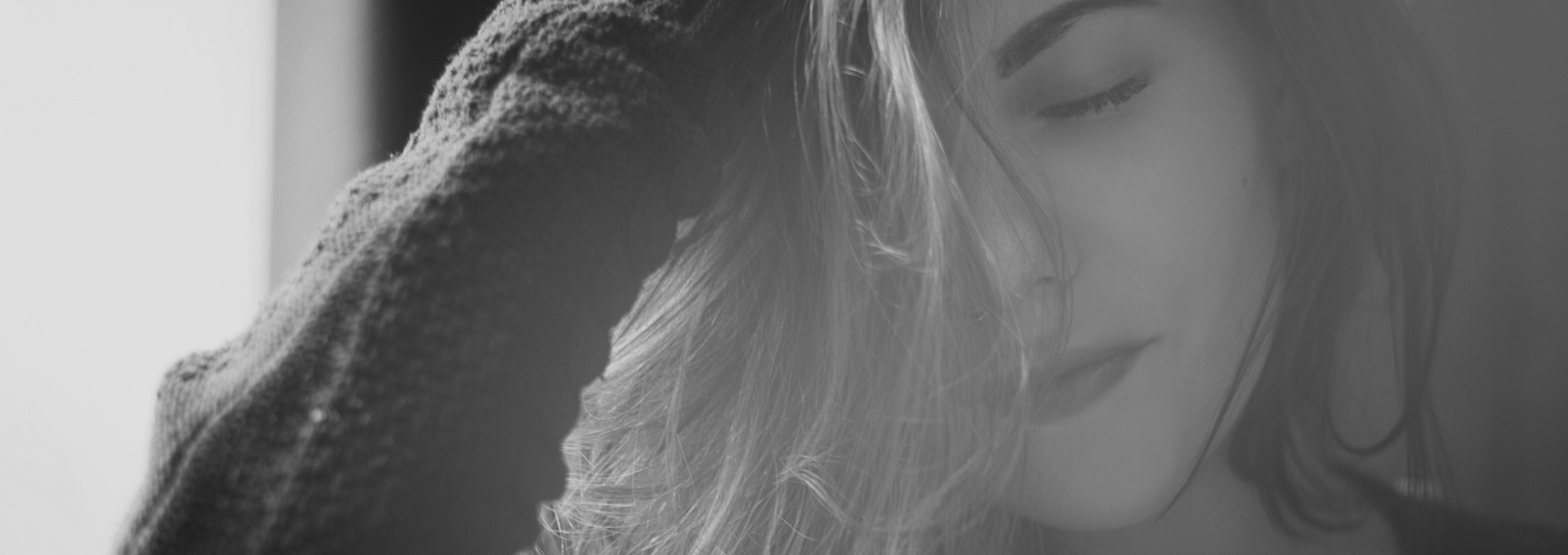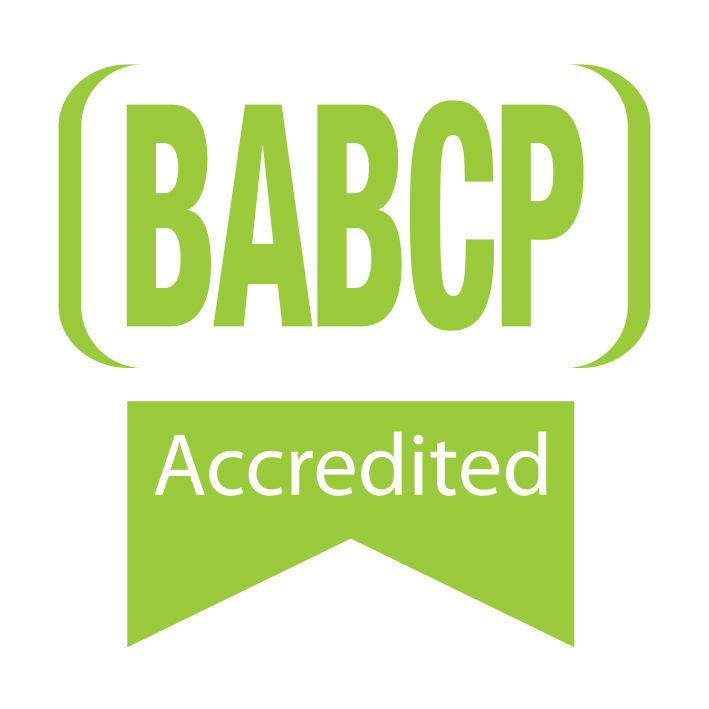CBT is a form of talking therapy that helps people to see how their thoughts influence their emotions and behaviours. By making links between what we do, think and feel, CBT can help us make positive changes in our lives. Sessions work on the principle that ‘we can’t change our pasts’, but we can change the way we deal with things in the present. Unlike other talking therapies, CBT focuses on the ‘here and now’ in terms of your problems and difficulties. Instead of focusing on the causes of your distress or symptoms in the past, it looks for ways to improve your state of mind now. The reason for this is that according to CBT, it’s not the event which causes our emotions, but how we interpret that event – what we think or what meaning we give that event or situation. CBT can help you to make sense of overwhelming problems by breaking them down into smaller parts. This makes it easier to see how they are connected and how they affect you.
According to CBT, what people think can affect how they feel and how they behave. When they are distressed, people think differently about themselves and what happens to them. Thoughts can become extreme and unhelpful which can worsen how a person feels. They may then behave in a way that prolongs their distress. As shown, below all of these factors are interlinked, creating a vicious cycle which maintains the problem:
CBT is an active process where we identify the vicious cycles maintaining your problems and find ways of change things rather than just talking. It involves setting clear goals and completing tasks outside of your sessions. This means that sessions involve us both working together as a team to identify, prioritise and resolve your problems.
CBT practitioners help their clients to identify and change maladaptive thinking and behaviours. The result is often a major improvement in not only how a person feels emotionally, but their quality of life overall.






